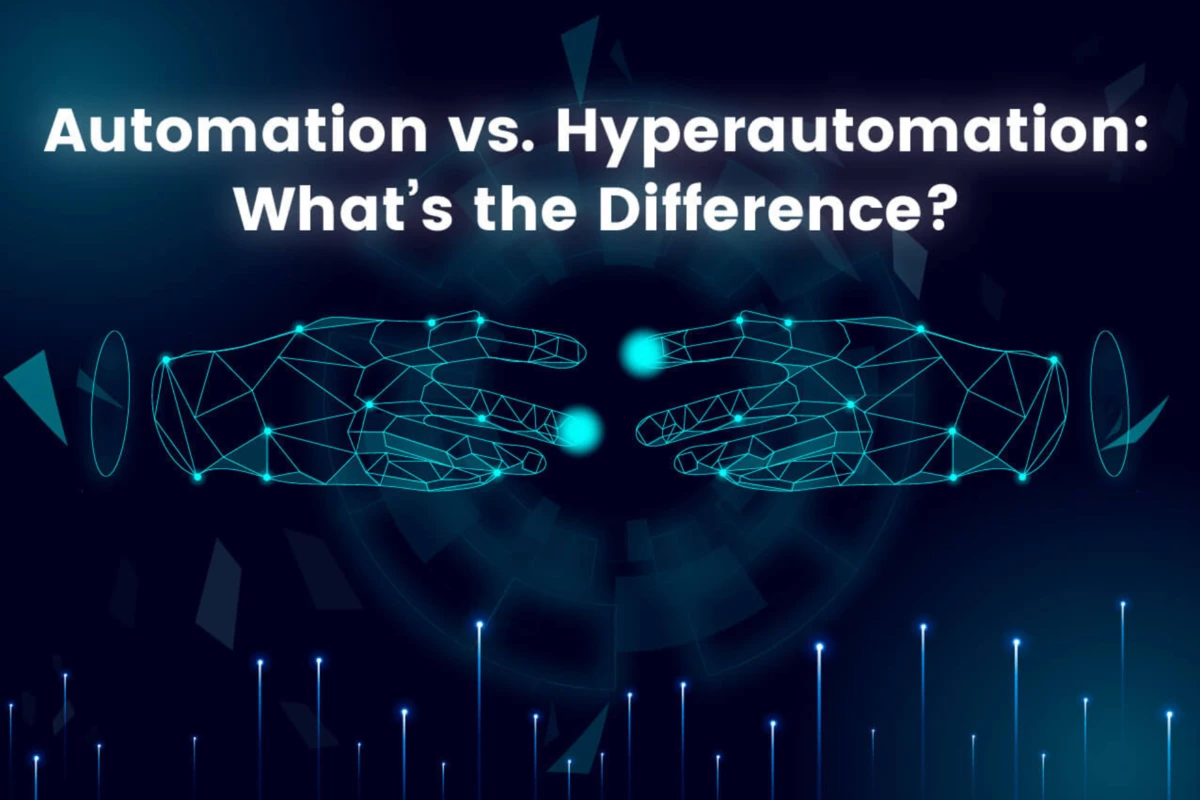Digital evolution makes way for digital transformation. A state in which automation and digitization are continuously being restated upon and optimized. Therefore many companies find themselves dealing with situations nearly as demanding as those they were looking to improve with automation in the first place. The RPA use cases in banking mentioned in this article with help understand its potential.
Considering robotic process automation (RPA) as an example. There are hundreds of RPA use cases specific to dozens of industries and departments, it’s difficult to implement them immediately. But it can be implemented in the future.
To avoid the reduced effectiveness, security, and delicacy that can affect by trying to attack too numerous use cases too quickly, it’s important to apply RPA in the right places, in the right order.
Relation between RPA and Banking
The Banking industry is seen to be growing exponentially over the years. And with the execution of technological advancements performing rapid, more secure, and dependable services. Banks need to be competitive in an increasingly absorbed market, especially with the wide laid out of virtual banking. Banks had to find a way to deliver the best possible user experience to their customers.
RPA has been significantly acquired in this sector, for making time-consuming banking operations more systematized and automated. According to reports, RPA in the banking sector is anticipated to reach $1.12 billion by 2025.
Banks are using RPA to perform daily tasks same as data entry and customer service. We live in a world that works all times of the day and night, all year. It’s simply unreasonable to assume that a real person will be available, so RPA bank bots are suitable to take their place. Through AI and Intelligence automation, we’re qualified to train these machines to learn the habits of customers and give better service over time.
Bank workers deal with substantial data from customers and non-automatic processes are prone to mistakes. Banks around the world are considering RPA to minimize the manual processing of this huge data to avoid mistakes. A simple confirmation of client information from 2 systems can take seconds than hours with bots. Introducing bots for such non-automated processes can reduce processing costs by 30% to 70%. Several processes in the banks can be automated to free up the force to work on further critical tasks.
The largest banks in Japan made news for enforcing robotic process automation to save labour costs and gain functional effectiveness. Major banks like Axis Bank and Deutsche Bank have also made news for enforcing RPA to automate business processes.
Challenges of RPA in Banking sector
Despite the multitudinous benefits, RPA can bring and its comparatively undisruptive perpetration, espousing this technology isn’t easy. Then are many recreating challenges that financial institutions face when trying to integrate RPA into their operations.
Resistance to change
Anyhow the promised benefits and advantages, new technology can bring to the table, resistance to change remains one of the most common hurdles that companies face. Employees get oriented to their way of doing daily tasks and frequently. And resulting in having a hard time identifying that a new approach is more effective.
That’s why change operation is vital to successful RPA adaption. As soon as it becomes clear that RPA execution is the right thing to do from a business viewpoint, banks need to produce comprehensive change. These changes could be operation programs to help employees shift their thought processes and make working as smooth as possible.
Process standardization
In a nutshell, the more complicated the process is, the harder it becomes to implement RPA. In the RPA execution environment, the process complexity correlates with standardization rather than the number of branches on a decision tree. When it comes to large transnational enterprises, processes that appear to be formalized can have significant differences across different countries or indeed business units in the same country. Thus, RPA adaption frequently calls for enterprise-wide standardization across targeted processes.
Lack of Legal Regulations Governing automation
Along with the undoubtful benefits of introducing invention on a wide scale, enforcing RPA in the banking sector demands some legal conditions and constraints for process automation. Indeed though RPA was developed in the 2000s, it positively started entering the market only after 2015. That’s why the technology is fairly youthful in terms of legal regulations it requires to be enforced – the ones specifically issued by the central banks, the government, and other parties. Those legal regulations are still lacking in a lot of countries.
IT support
While employees are not interested to change because of this mindset, IT departments frequently have too important a weight on their shoulders to support RPA execution. In this current age of digital evolution, bank IT departments are formerly spending considerable assets to overcome challenges associated with cloud migration, system maintenance, and enforcing new ERPs.
While RPA is a much lower resource-demanding than other automation results, the IT department’s purchase remains critical. That’s why banks need directors to get support from the IT department force as early as possible. In many cases, assembling a group of IT employees that will be devoted solely to the RPA execution is important.
Use cases of RPA in Banking
With these RPA use cases in banking, we understand that banks and credit unions around the world are turning to RPA to increase effectiveness, boost auditing and reporting, and deliver a better client experience. Five important use cases of RPA in banking:
Customer onboarding
Banks deal with an avalanche of organizational conditions when onboarding new people. On top of gathering particular financial data, bank employees need to corroborate that data through approved government firms, set up an account, and establish data archiving and monitoring processes. An RPA system can automate the utmost of these processes, significantly dropping functional costs, threats, and the time it takes to onboard a new customer.
Fraudulent activity Monitoring
Since it isn’t practical or possible to have a person watching every single account and keeping track of activities all day, every day, RPA is a great applicant for account activity tracking. Digital workers can help fraud brigades by flagging suspicious activity and notifying the suitable person.
Loan processing
The loan processing volume limits the number of workers devoted to the task. Besides client service automation, RPA technology in banking can bring real value by automating numerous loan administration processes, including underwriting and confirmation.
RPA software allows for the independent connection of applicable information from paper documents, third-party systems, and service providers. On top of that, RPA tools can also enter this data into the applicable systems for backers’ further analysis.
IT issue resolution
As banks and credit unions adapt further technology to more serve customers, the number of IT service office tickets will also grow. Not only RPA resolves service tickets quickly and automatically, but RPA results can reduce time-out by fixing problems and backing up data to condense time to resolution.
Account Reconciliation
Not only is this a time-consuming process when done manually, but it also leaves room for error with data-keying across systems. RPA helps by matching up data with records in distant systems. Bots can recognize indistinguishable entries, synthesize data stored in different formats across systems, and harmonize accounts directly.
Impact of RPA in Banking
According to Research, comparing the global RPA request share by operation, the BFSI sector contributed a 29% share of the profit. This can be attributed to the fact that the banking sector is replete with repetitious tasks. Still, RPA does come in multiple shapes and sizes.
Traditional RPA merely acts as the foundation of an organization’s automation plan. As opposed to attended bots waiting, there are cognitive bots that can give end-to-end complex processes a facelift. Emerging technologies like AI, OCR, and analytics are in the core processes. And once the stakeholders have successfully navigated the transformation and realized what is possible.
Conclusion
RPA’s main purpose ideal in the banking sector is to help with the processing of repetitious banking tasks. By involving consumers in real-time relations and making use of robots’ several benefits. These RPA use cases in banking will help the banking sector to boost effectiveness.
Outworks Solutions have been working to improve business operations in the BFSI. Our objective with RPA Solutions for Banking and bring ease of operations for bankers, consumers, and various banks. And with our RPA use cases in banking, we on the potential the implementation of technology.



